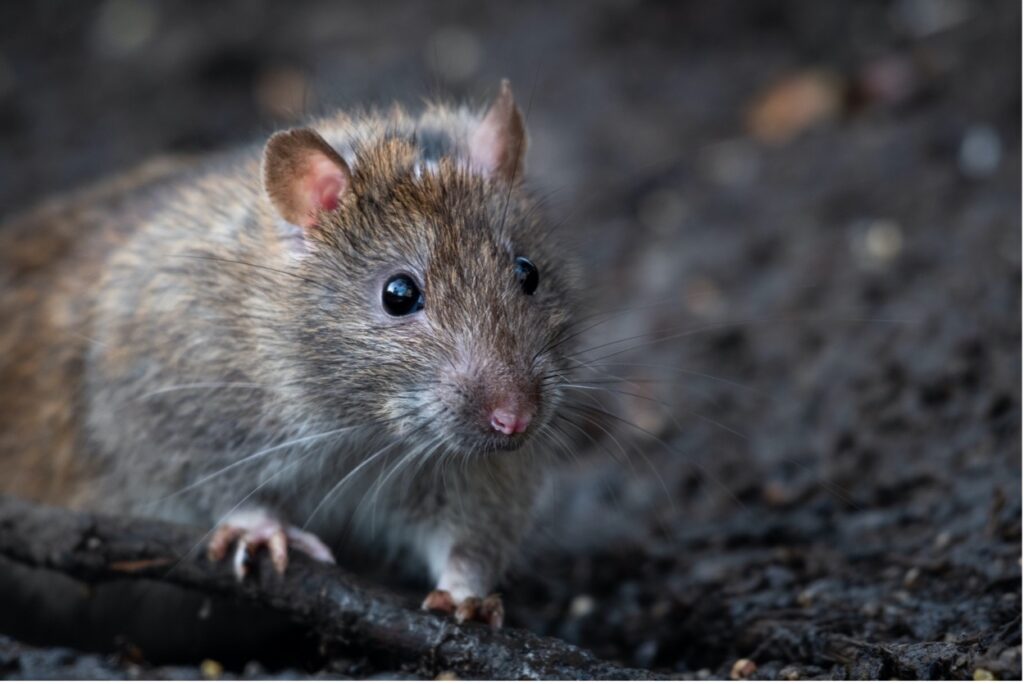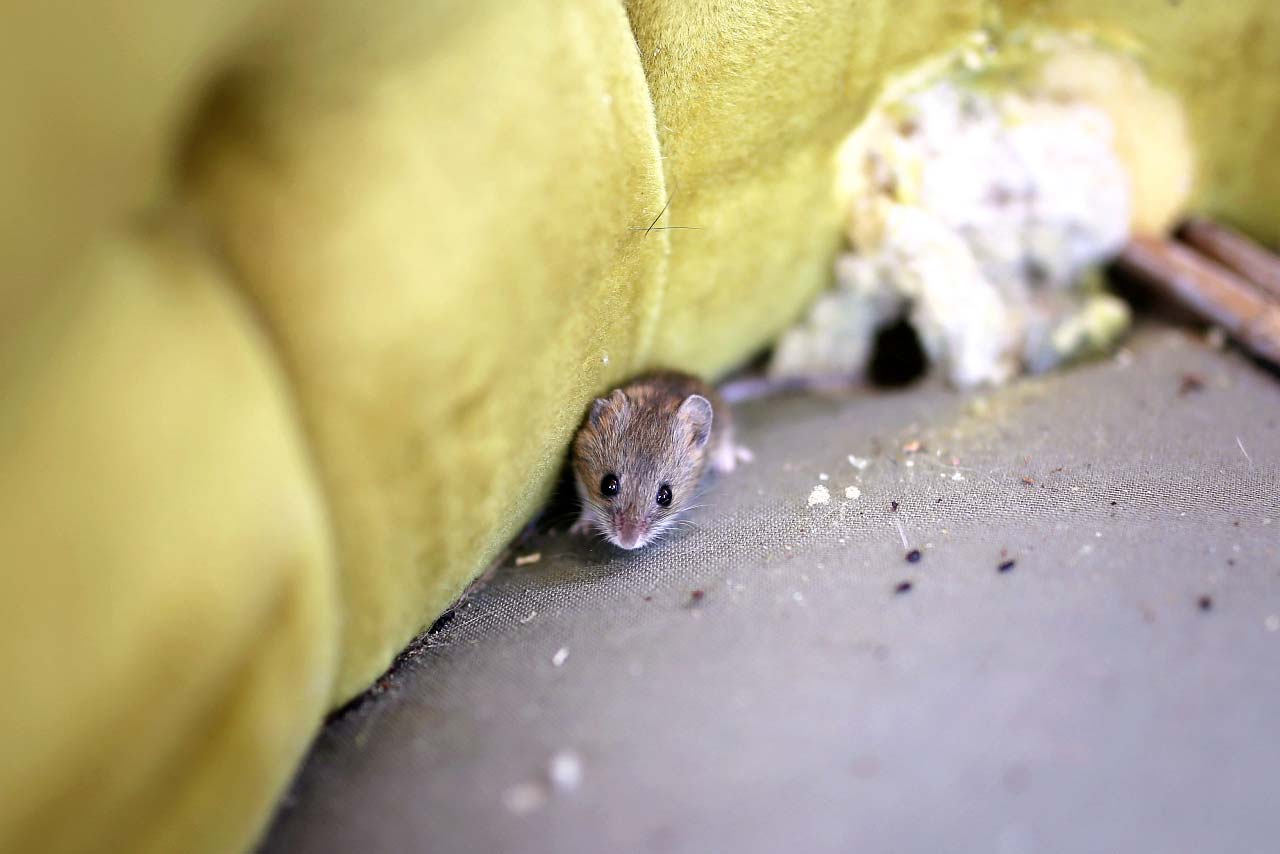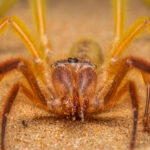To enter homes, rodents generally find small cracks in your foundation, unsealed windows, and unsealed drain pipes. Oftentimes, when rodents find their way inside, they are in search of water, food, or a safe place to hide. Discover more from Burns Pest Elimination about how different types of rodents invade houses and businesses as well as where they like to stake out.
How to Get Rid of Rodents in the Attic
Rodents often set up shop in attics because it’s a dark, moist place with plenty of insulation. These critters will use things like tree limbs or even powerlines to get onto your roof and find small cracks to squeeze through. Mice can end up in your attic, but roof rats are the most common rodents you’ll find up there, since they are excellent climbers.
If you hear bumps and scuttles in the night, it’s a sure sign that you might have rodents in your attic. And if you think you can set a few traps to get rid of the problem, think again. Professional pest control services are typically the best solution for getting rid of rodents in the attic and preventing further infestations.
Where Do Rodents Hide?
Rodents are nocturnal animals, so it’s very possible you won’t actually see a rat or mouse if it is in your home; however, you might hear them running around in your walls and in the attic at night collecting food and nesting material. Rodents love soft bedding and will scavenge for items like insulation and cardboard to take to their nest. They will also shred fabric to add to their pile. During the day, mice tend to stay in their nesting area unless it has been disturbed or they have to go out searching for food.
Around the house, rodents will make a home out of locations such as:
- Walls
- Attics
- Air ducts
- Venting systems
- Behind cabinets and stoves
- Under refrigerators
- Storage boxes
- Wood piles
- Piles of clutter
Rodent Prevention in Your Home
Once a rodent has invaded your home, it can be difficult to make it want to leave—but there are things you can do for rodent prevention Most importantly, seal any small cracks and openings around your home. Rats and mice can fit into spaces as small as a quarter, so it’s important to address every crack and crevice even if you think a rodent couldn’t fit through.
Because rodents generally enter homes in search of food, cleaning up any spills or crumbs is crucial to keeping them out. Sealing your food will also protect you from accidentally eating anything that has been contaminated by rodent droppings.
Common Rodents in Arizona
House Mice

House mice are unique rodents because, as their name indicates, they like being in your house. (Specifically as close to your food as possible.) Their nests are often found in the wall voids of your pantry and kitchen. The house mouse is also one of the smallest rodents found in Arizona and Las Vegas, measuring up to 3 ½ inches long, including its tail.
Field Mice
Field mice are more of a nuisance to your yard rather than your home. They are attracted to tall grass, which allows them to hide and provides a food source, too. Keeping a well-manicured lawn is the best way to keep these mice off your property. If field mice do make it inside, it’s mostly due to a crack in the foundation or an improperly sealed window or door. They can also inadvertently end up inside if carried in with firewood.
Norway Rats

Norway rats (also known as brown rats) have poor vision and are colorblind, but their other senses are fairly heightened. These rats can cause a lot of damage to structures because of their gnawing. Gnaw marks throughout the home and greasy rub marks along walls could indicate a Norway rat infestation.
Packrats
Packrats, also known as woodrats, aren’t your typical rodent. In addition to eating your food and contaminating your home, they like to steal and store shiny household items. Missing items such as coins and keys may be a sign that packrats are lurking nearby.
Roof Rats

Roof rats get their name from their ability to use tree limbs, vines, and ivy to access your roof and seek shelter in the attic. These rats are also very resourceful. If they come across a hole in the roof they can’t fit through, they will simply gnaw on the hole until it’s large enough to fit through. In your attic, these rodents will chew on wood and electrical wiring, which could spark a fire down the line. To keep these rodents out, seal any cracks and holes in your roof and keep tree limbs and vegetation trimmed back from the house to eliminate roof access points.
Kangaroo Rats
Kangaroo rats generally live in desert and semi-desert wildlands, feeding on seeds and grain. They get their name from their bi-pedal statures similar to kangaroos’ and can jump up to 6 feet high! Kangaroo rats are burrowing rodents and tend to pose more of a threat to crops but will occasionally make their way indoors.
Get Rid of Rats and Mice with Burns Pest Elimination
With so many rodent varieties to be found in Arizona and Las Vegas, it can be hard to say which type you’re dealing with. Even if you know your enemy, you likely won’t be able to stop a full-blown rodent infestation by yourself. If rats or mice have taken over your home, contact the knowledgeable pest and rodent control experts at Burns Pest Elimination to request a quote and rid your home of rodents.

